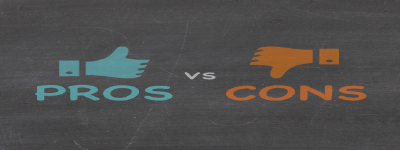
   |
[Debate/토론] (PC-016) Should Tablets Replace Textbooks in K-12 Schools?
최고관리자 | 18-06-14 04:32

Publishing for the K-12 school market is an $8 billion industry, with three companies - McGraw-Hill, Pearson, and Houghton Mifflin Harcourt - capturing about 85% of this market. Tablets are a $72 billion industry with 42% of US adults owning a tablet. As tablets have become more prevalent, a new debate has formed over whether K-12 school districts should switch from print textbooks to digital textbooks on tablets.
Proponents of tablets say that they are supported by most teachers and students, are much lighter than print textbooks, and improve standardized test scores. They say tablets can hold hundreds of textbooks, save the environment by lowering the amount of printing, increase student interactivity and creativity, and that digital textbooks are cheaper than print textbooks.
Opponents of tablets say that they are expensive, too distracting for students, easy to break, and costly/time-consuming to fix. They say that tablets contribute to eyestrain, headaches, and blurred vision, increase the excuses available for students not doing their homework, require costly Wi-Fi networks, and become quickly outdated as new technologies emerge.
Pros
1. Tablets help students learn more material faster.
2. 81% of K-12 teachers believe that "tablets enrich classroom education."
3. Tablets can hold hundreds of textbooks on one device, plus homework, quizzes, and other files,
eliminating the need for physical storage of books and classroom materials.
4. E-textbooks on tablets cost on average 50-60% less than print textbooks.
5. Tablets help to improve student achievement on standardized tests.
6. Tablets contain many technological features that cannot be found in print textbooks.
7. Print textbooks are heavy and cause injuries, while a tablet only weighs 1-2 pounds.
Cons
1. Handheld technological devices including tablets are associated with a range of health problems.
2. Using tablets is more expensive than using print textbooks.
3. Tablets have too many distractions for classroom use.
4. People who read print text comprehend more, remember more, and learn more than those who read digital text.
5. Many students do not have sufficient home internet bandwidth to use tablets.
6. Manufacturing tablets is environmentally destructive and dangerous to human health.
7. A broken tablet requires an experienced technician to fix, which can be costly and time-consuming.
   |




